How does Livery compare to WebRTC streaming solutions?
If you’re ready to turn your livestreams into an engaging experience that converts, you’ve probably considered WebRTC and Livery. But which solution is the better choice to make it happen?
Here are the major differences between Livery and WebRTC for interactive live video:
WebRTC is 4 to 8 times more expensive than Livery
If you would like to start using WebRTC, a dedicated server infrastructure is required. This has a significant impact on the cost structure. Livery on the other side, is able to use existing infrastructure used by the known VOD services. As a result, Livery is much more cost efficient compared to WebRTC.

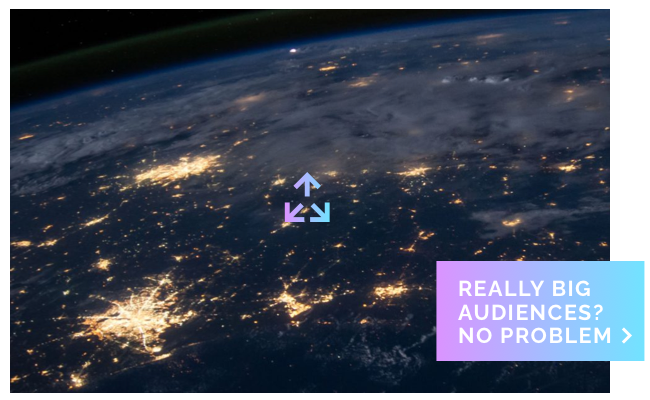
WebRTC is a protocol originally developed for one-on-one communication or small groups, but when it comes to larger audiences scalability becomes an issue due to the required infrastructure. Livery is based on the infrastructure of CDN’s i.e. scaling up for large(r) audiences or to multiple regions is instantly available in a cost efficient way.
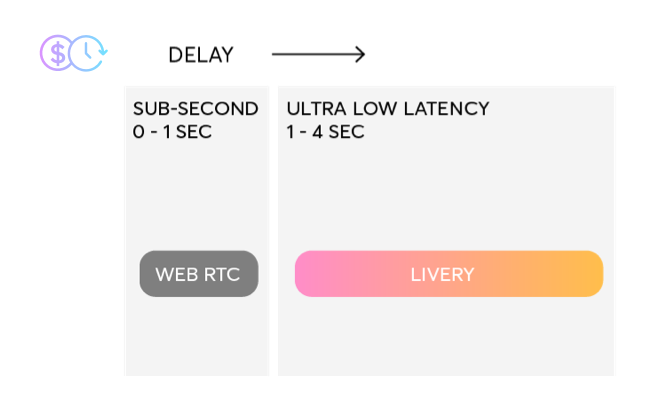
WebRTC’s sub-second latency comes at a cost
WebRTC is a great technology if you require sub-second latency (think video conferencing, betting or purposes like remote surgery). However, in about 90% of all cases this is not really necessary and a latency of around three seconds is sufficient for a good user experience, especially in combination with syncing. If this also applies to your situation and you take into account the difference in costs, you might consider using Livery instead.

Livery is more flexible in supporting features
Livery uses ULL-CMAF for the delivery of live content. ULL-CMAF combines the proven DASH and HLS protocols to achieve the lowest possible latency. This provides Livery with the flexibility to support off the shelf video features (DRM, subtitling, ad insertion, ABR), which you might know from the major VOD providers like YouTube, Netflix, Prime, ect.
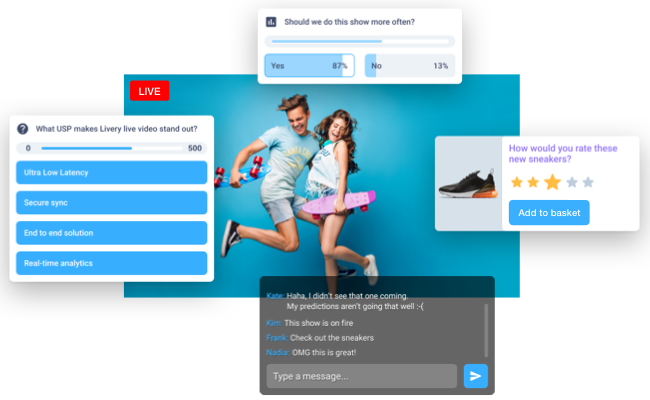
Livery enables you to add interactivity to your livestream (with no hassle!)
If you would like to add interactive overlays on top of your live streams, Livery saves you a lot of time, energy and costs. There are multiple options for adding interactivity to WebRTC streams, however, you are depending on additional integrations developed by third parties. With Livery, you will get ultra-low latency video and interactivity all combined into one platform.
We offer ready-made building blocks which enable you to add interactions to your stream. Think about chat, gamification, e-commerce functionalities, Q&A (incl moderation / filter option), ratings, predictions, etc. Livery enables you to control the interactions in a frictionless way.
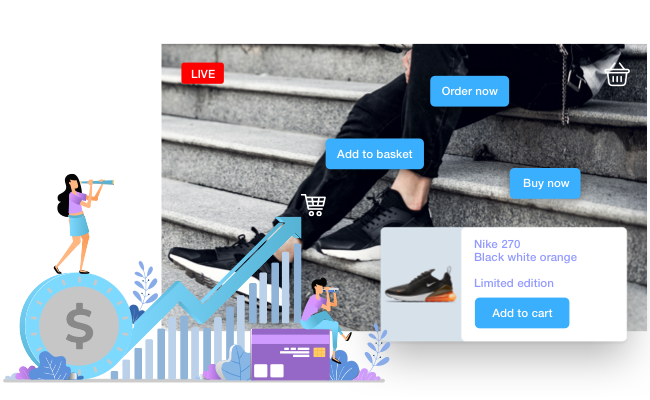
Add monetization models to your streams
Livery’s ultra-low latency streaming solution is based on the DASH protocol, allowing it to work with all major video advertising networks and exchanges. The WebRTC protocol is not based on a segment based video delivery, making it hard to work with the known advertising networks out of the box. The Livery bridge allows you to enrich both the player and interactive layer with user information from the underlying platform, providing the option to specifically target your users, increasing the average ARPU. Next, we also support other ways of monetization like e-commerce, paid PPV).
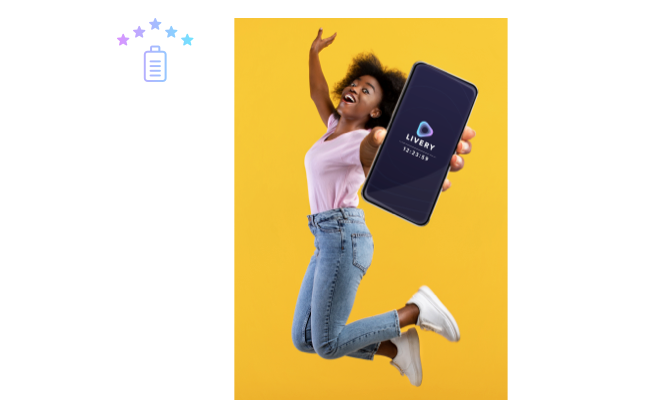
Higher quality, lower costs and increased battery efficiency
Compared to WebRTC, Livery offers significantly higher video quality and is using less data for that (i.e. lower costs for you). Viewers will also benefit from the fact that Livery is able to use the full hardware acceleration capabilities of the device. This implies a reduction of the load on the CPU which is increasing the battery efficiency. So no more overheated mobile devices!
Experience uninterrupted streaming even through corporate proxies
Unlock uninterrupted streaming through corporate proxies with our game-changing Livery video solution. Unlike WebRTC options, our solution utilizes HTTP/1.1 Chunked transfer encoding, eliminating limitations. Most corporate proxies readily support HTTP/1.1 traffic, enabling seamless access to our stream. While additional proxy rules may impact performance, our solution effortlessly handles high data volumes. Experience 2,500 Mbps pass-through for 500 viewers enjoying a 5 Mbps stream. Upgrade your streaming capabilities today with Livery and transcend proxy limitations.
You're in good company

book a demo
We offer a 20-minute live demo to experience Livery.
Select your preferred date or click here to get a first impression.
